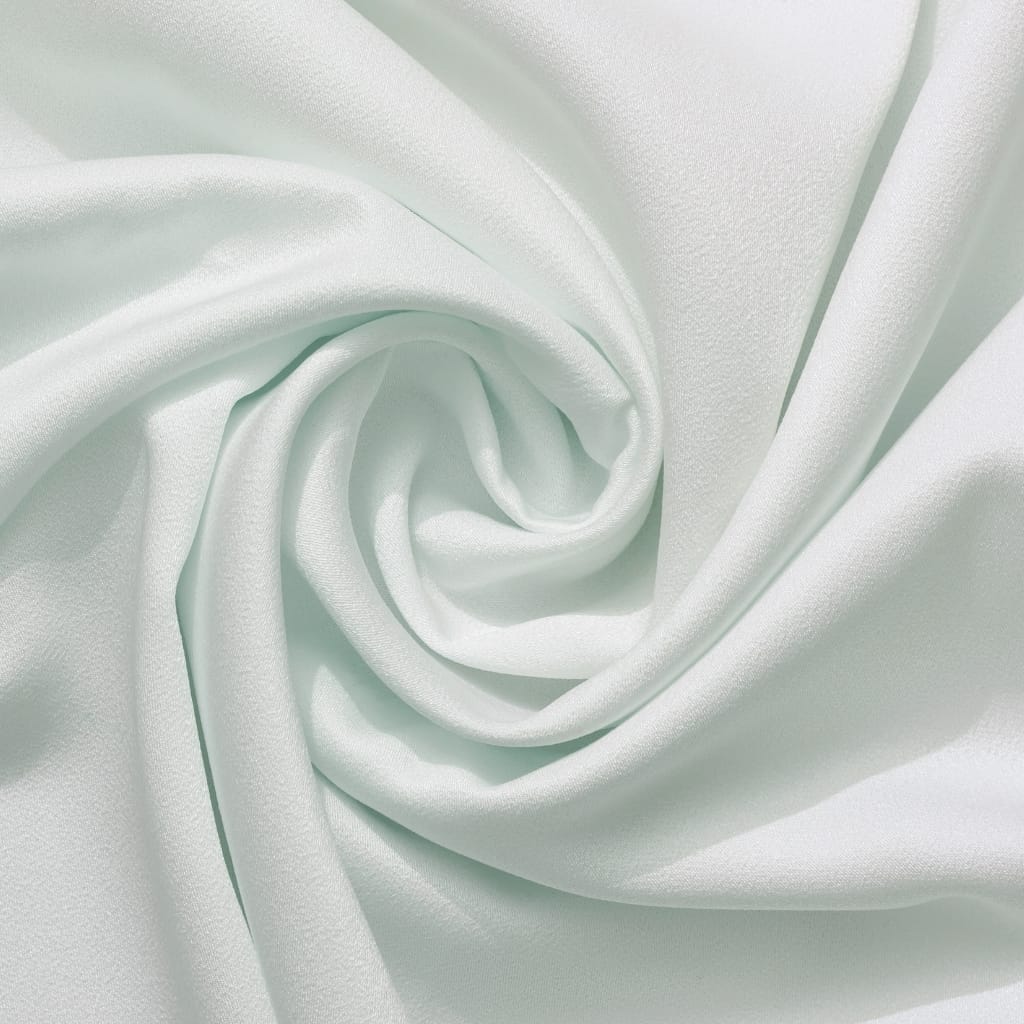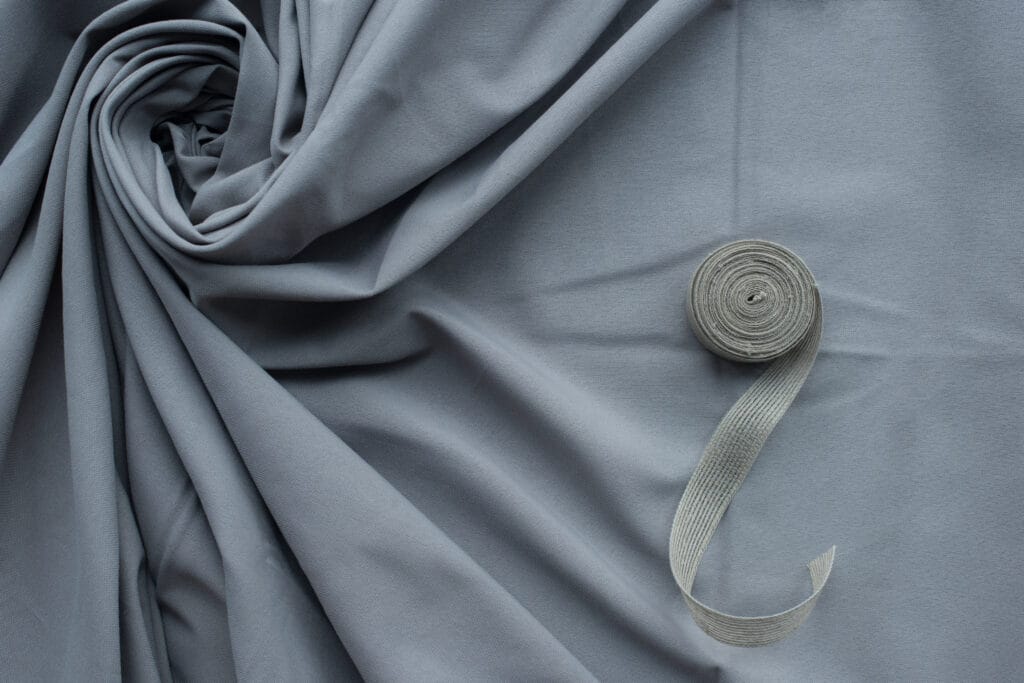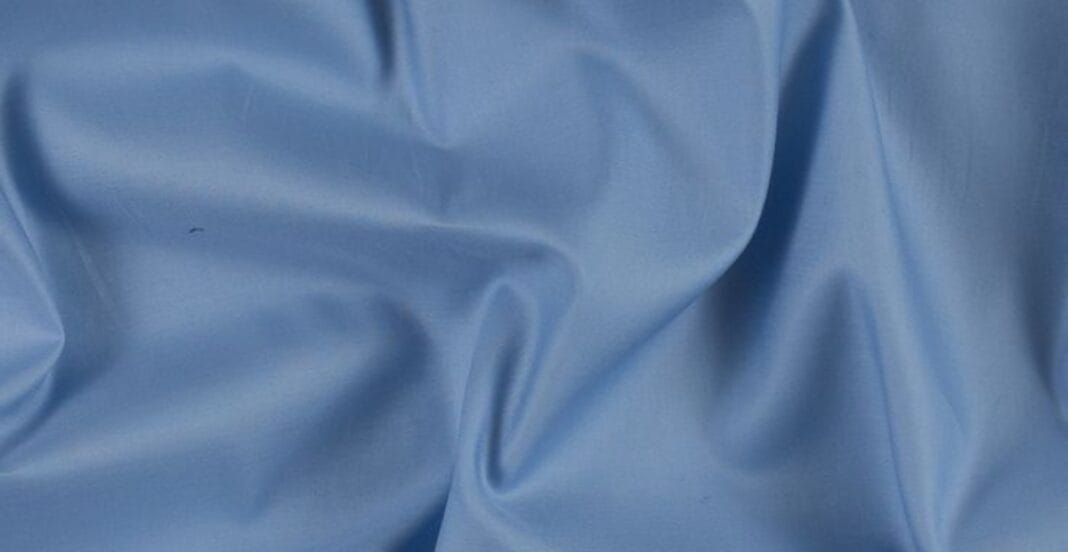Egyptian cotton fabric is recognized globally for its unrivaled softness, luxurious nature, and remarkable durability of the fabric. Egyptian cotton continues to outshine its counterparts like Pima cotton, due to its stronger and longer fibers. The soft feel of the fabric is unparalleled and paves the way for independence from itching or scratchy materials.
There are many forms of cotton, however, Egyptians are known for producing one of the best qualities available. This guide sets floor by floor insights on reasons why cotton grown in Egypt is the premier for all. It’s not just made for travelers and decorators, even a curious mind will want to read this.
Egyptian cotton is known worldwide, whether it’s luxury bedsheets or fashionable shirts, every tailor and designer’s preference is this one.
Table of contents
- What Exactly Is Egyptian Cotton Fabric?
- Where Does Egyptian Cotton Come From?
- What Makes The Egyptian Cotton Plant So Unique?
- A Story embedded in The Nile Valley
- Is There More Than One Type Of Egyptian Cotton?
- How to Identify Genuine Egyptian Cotton Fabric
- Is Thread Count Really That Important?
- The Importance of Extra Long Cotton Staple
- Characteristics of Egyptian Cotton Fabric
- Lifespan of Egyptian Cotton Fabric
- What Makes Egyptian Cotton Superior To Regular Cotton
- Is Egyptian Cotton Fabric Good for Hot Sleepers?
- What Can You Make with Egyptian Cotton Fabric?
- Why Designers Love Egyptian Cotton for Fashion
- Why the Higher Cost of Egyptian Cotton Sheets is Worth Paying for
- How to Clean and Maintain Egyptian Cotton Fabric
- What Makes Egyptian Cotton Fabric So Expensive?
- What Is Driver of Demand For Egyptian Cotton Fabric?
- Did You Know Egyptian Cotton Is Eco-Friendly?
- Egyptian Cotton Fabric’s Global Popularity And Its Reason?
- Bulleted section: Common Misconceptions About Egyptian Cotton Fabric
- What Does The Seal Of Cotton Egypt Association Mean?
- What To Check When Buying Egyptian Cotton
- How To Tell Real And Fake Egyptian Cotton Fabric?
- Who Can Use Egyptian Cotton Fabric?
- The Year 2025 For Egyptian Cotton Fabric
- Conclusion
- FAQs
What Exactly Is Egyptian Cotton Fabric?
Egyptian cotton fabric derives from a specific cotton species called Gossypium barbadense. It is found in the rich soil located along the banks of the Nile River. Its outputs include extra-long fibers that outclass other types of cotton in strength, fineness, and softness.
What sets it apart is the way it is handpicked. The fiber handpicking technique ensures the fiber is not broken, which helps yield powerful yarns and smoother fabrics. The end product is a cloth that has the softness of silk and breathes like cotton material.

Where Does Egyptian Cotton Come From?
And Egypt is where Egyptian cotton comes from. The Nile Delta offers perfect conditions. The heat in the day, cool winds at night, and fertile soils assist the cotton plant in producing long silky fibers.
For centuries, this region has been growing cotton. And only cotton grown in this region can be called “true Egyptian cotton.”
But beware: look for certification as some products use the name “Egyptian” without meeting the true standards.

What Makes The Egyptian Cotton Plant So Unique?
The Gossypium barbadense is a cotton plant with long fibers unlike others. It can be spun into finer threads and so there are minimal joins in the yarn which creates a smoother, stronger fabric.
Additionally, it can produce a natural sheen which beats polyesters shine anyday. Egyptian cotton is preferred in the luxury market due to its softness and gentle shine.
A Story embedded in The Nile Valley
Egyptian cotton is as old as time. It’s root is embedded in Egyptian agriculture. In the 1800s, Egypt was a central hub for cotton in Europe because of its exquisite soft texture. Shredded into pieces, it is still considered the best.
The legacy doesn’t end there, generations of farmers are still handpicking and sorting the cotton with bullough precision. It’s alive due to the fabric’s exquisite quality.
Is There More Than One Type Of Egyptian Cotton?
Ofcourse, not all types of Egyptian cotton are the same. Extra-long staple (ELS) cotton is the finest type. Following it is long-staple and then lastly, regular cotton. ELS is used the most in premium products as it is the most sought after.
In some cases, businesses combine low-grade cotton with a little ELS and still pass it off as Egyptian. This demonstrates that knowing how to recognize real Egyptian cotton remains important.
How to Identify Genuine Egyptian Cotton Fabric
Genuine Egyptian cotton fabric is approved by the Cotton Egypt Association (CEA). Be on the lookout for this certification when making purchases. In case a product doesn’t have it, there’s a possibility it is not legitimate.
Check the price as well. If it sounds unrealistically low, several experts might argue that it most likely is. This is because real Egyptian cotton is more expensive due to the costs involved in cultivating, harvesting, and processing it.
Is Thread Count Really That Important?
While it is true that thread count is important, it only matters to an extent. The softness in Egyptian cotton fabric does not only come from count of threads, but also from the quality of the fibers.
It is highly likely that a 400-thread-count Egyptian cotton sheet will outdo a regular cotton one with 1000-thread count, in feeling.
Do not be tricked by the thread count out of all others. What truly matters is fiber type, authenticity and the claim.
The Importance of Extra Long Cotton Staple
Staple lengths are defined as the distance between the tip and base of each cotton fibre. Egyptian cotton possesses extra long staples, which is advantageous because it results in fewer loose fibre ends, less fraying, and all around comfortable fabric.
Shorter fibers result in fuzz and tend to break more easily. On the other hand, long fibers are increase strength, smoothness, and breathability of a fabric.
Characteristics of Egyptian Cotton Fabric
You don’t need to be an expert to notice the difference. Just touch it. Egyptian cotton fabric is much smoother and cooler than its counterparts.
It doesn’t cling or does it irritate the skin. It most importantly does get softer with every wash, the best part after all.
Lifespan of Egyptian Cotton Fabric
With proper care, Egyptian cotton fabric can remain soft and intact for 10+ years. Egyptian cotton fabric is built to last.
Because of its long fibers, the fabric wont wear thin or lose color quickly. This is why it believed to a smart investment for long use.
What Makes Egyptian Cotton Superior To Regular Cotton
Roughness comes from protruding short fibers in regular cotton. Silky smooth fabric comes from the long, protruding strands of Egyptian cotton.
Additionally, regular cotton undergoes mechanical harvesting which damages the fibers and weakens the fabric. Egyptian cotton is carefully handpicked, preserving the structure and strength of the fibers.
Is Egyptian Cotton Fabric Good for Hot Sleepers?
Absolutely. Egyptian cotton fabric is very breathable and allows air moving freely through the fabric which keeps you temperature regulated.
It can soak up moisture without feeling wet which is ideal for warm climates and hot nights.
What Can You Make with Egyptian Cotton Fabric?
You can create a wide variety of things:
- Bed sheets along with pillowcases
- Duvet covers
- T-shirts along with Blouses
- Dresses
- Socks and Underwear
- Scarves
- Towels
Due to its strength, softness, and sheen versatility and harsh demand are present.
Why Designers Love Egyptian Cotton for Fashion
Fashion designers love the fabrics which drape, add depth, hold colors while feeling mesmerizing and Egyptian cotton checks all the boxes.
It is soft yet holds its shape and dyes beautifully, which is exactly the reason to why high end brands tend to use them in their clothing lines.

Why the Higher Cost of Egyptian Cotton Sheets is Worth Paying for
There is a higher price, but Egyptian cotton sheets offer many benefits:
- Superior comfort
- Enhanced durability
- Increased elegance
- Get softer the more they are used.
If you desire an extravagant sleep experience, it’s worth the extra cost.
How to Clean and Maintain Egyptian Cotton Fabric
Let’s make it uncomplicated:
- Use a mild detergent and wash with low or medium temperature water.
- Do not use bleach.
- Tumble dry on low or line dry.
- Iron medium heat if necessary.
Following these guidelines helps in preserving the fibers as well as extend the life of the fabric.
What Makes Egyptian Cotton Fabric So Expensive?
Worthwhile commodities, however, require care and take time. Egyptian cotton is handpicked, grown slowly, and is processed with a lot of attention.
When factoring in the shipping and certification costs along with all these details, the product comes out to be expensive but remarkably worthwhile.
| Aspects | Egyptian Cotton | Regular Cotton |
|---|---|---|
| Fiber Length | Extra-long | Short |
| Softness | Silky smooth | Coarse |
| Durability | 10+ years | 3-5 years |
| Breathability | Excellent | Moderate |
| Price | Very High | Very Low |
What Is Driver of Demand For Egyptian Cotton Fabric?
- Softer than standard cotton
- Breathable
- Long-lasting
- Less prone to pilling
- Hypoallergenic
- Easy to maintain
- Color-rich
- Less prone to pilling
Did You Know Egyptian Cotton Is Eco-Friendly?
If grown traditionally, yes. Small Egyptian farms tend to use less harmful chemicals, and harvested by hand, causing less damage to the land.
Opt for organic Egyptian cotton if you wish to be eco-friendly.
Egyptian Cotton Fabric’s Global Popularity And Its Reason?
It is used and sought after by practically everyone, from:
- Fashion brands
- Interior designers
- Hotels
- Home Owners
Its increasing fame in international markets speaks for itself.
Bulleted section: Common Misconceptions About Egyptian Cotton Fabric
- Myth: Higher thread count always means better.
- Truth: The quality of fiber is more crucial.
- Myth: Egyptian cotton is all the same.
- Truth: Authentic cotton is only certified cotton.
What Does The Seal Of Cotton Egypt Association Mean?
This seal shows the product is made from genuine Egyptian cotton. The Cotton Egypt Association (CEA) certifies test the products for purity and quality.
If the seal is not available, chances are it is not the genuine product.
What To Check When Buying Egyptian Cotton
- CEA Certification
- Fiber length (ELS)
- Country of origin
- Brand Reputation
- Fabric weight and finishing
How To Tell Real And Fake Egyptian Cotton Fabric?
- Avoid purchasing from unverified sellers
- Steer clear of overly discounted prices
- Check the label for necessary labels and certifications
- Contact the brand for verification documents
Who Can Use Egyptian Cotton Fabric?
- Skin sensitive individuals
- Parents who are buying baby clothing
- Clothing enthusiasts
- Environmentally friendly consumers
- People looking for better sleep
The Year 2025 For Egyptian Cotton Fabric
With more people looking to verify authenticity using blockchain and DNA tagging technology, the use of Egyptian cotton will only increase as people are shifting to valuing quality over quantity.
Conclusion
In case you didn’t know what an Egyptian cotton fabric is and why it is loved, now you do. It transcends every form of quality, beauty, and comfort tailored to fit individuals. If you have never tried it, perhaps this is the time.
This fabric brings pure delight whether it is for clothes, bedding, or even gifts. As mentioned before, luxury is an experience to be cherished—which is exactly why Egyptian cotton is exceptional.
FAQs
Its extra-long fibers make it softer, stronger, and more durable.
Yes, it’s hypoallergenic and gentle on the skin.
Absolutely! It’s ideal for high-end shirts, dresses, and baby clothes.


